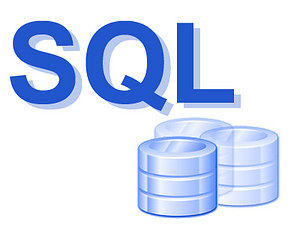Basics of SQL - Introduction to SQL - Several Most Important SQL Commands
What is SQL?
SQL stands for Structured Query Language
SQL lets you access and manipulate databases
SQL is an ANSI (American National Standards Institute) standard
What Can SQL do?
SQL can execute queries against a database
SQL can retrieve data from a database
SQL can insert records in a database
SQL can update records in a database
SQL can delete records from a database
SQL can create new databases
SQL can create new tables in a database
SQL can create stored procedures in a database
SQL can create views in a database
SQL can set permissions on tables, procedures, and views
Although SQL is an ANSI (American National Standards Institute) standard, there are different versions of the SQL language.
However, to be compliant with the ANSI standard, they all support at least the major commands (such as SELECT, UPDATE, DELETE, INSERT, WHERE) in a similar manner.
Most of the SQL database programs also have their own proprietary extensions in addition to the SQL standard.
Using SQL in Your Web Site
To build a web site that shows data from a database, you will need:
An RDBMS database program (MS Access, SQL Server, MySQL)
To use a server-side scripting language, like PHP or ASP
To use SQL to get the data you want
To use HTML / CSS
Database Tables
A database most often contains one or more tables. Each table is identified by a name (e.g. "Admin" or "Users", etc.). Tables contain records (rows) with data.
Semicolon after SQL Statements?
Some database systems require a semicolon at the end of each SQL statement.
Semicolon is the standard way to separate each SQL statement in database systems that allow more than one SQL statement to be executed in the same call to the server.
Some of The Most Important SQL Commands
SELECT - extracts data from a database
UPDATE - updates data in a database
DELETE - deletes data from a database
INSERT INTO - inserts new data into a database
CREATE DATABASE - creates a new database
ALTER DATABASE - modifies a database
CREATE TABLE - creates a new table
ALTER TABLE - modifies a table
DROP TABLE - deletes a table
CREATE INDEX - creates an index (search key)
DROP INDEX - deletes an index.
Subscribe to:
Post Comments (Atom)


No comments:
Post a Comment